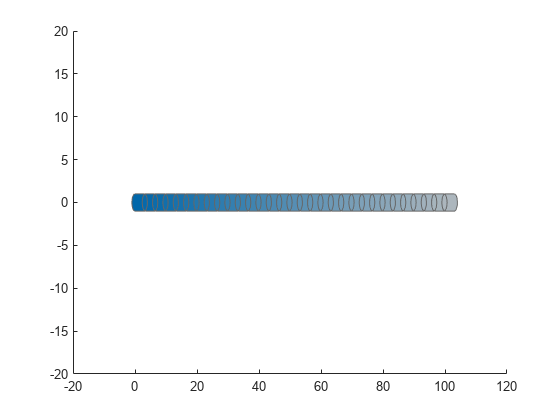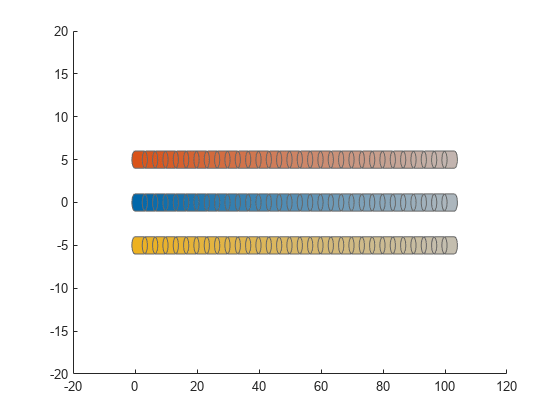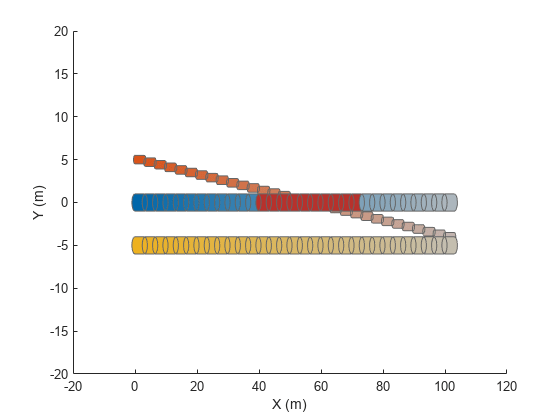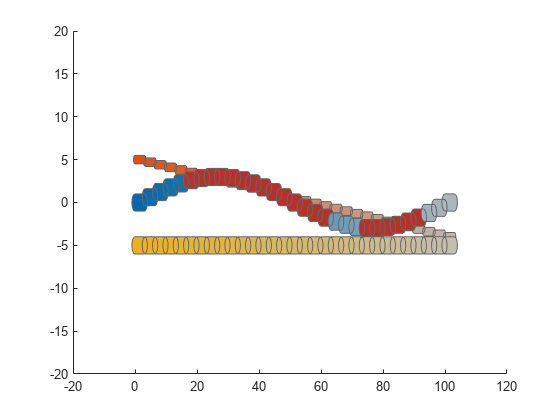checkCollision
Check for collisions between ego bodies and obstacles
Syntax
Description
collisionFound = checkCollision(capsuleListObj)
[
checks each ego body for collisions with obstacles in the environment, and returns the
results using additional specified collision detection options
fullResults,distance] = checkCollision(capsuleListObj,options)options.
Examples
Input Arguments
Output Arguments
Extended Capabilities
Version History
Introduced in R2020b



